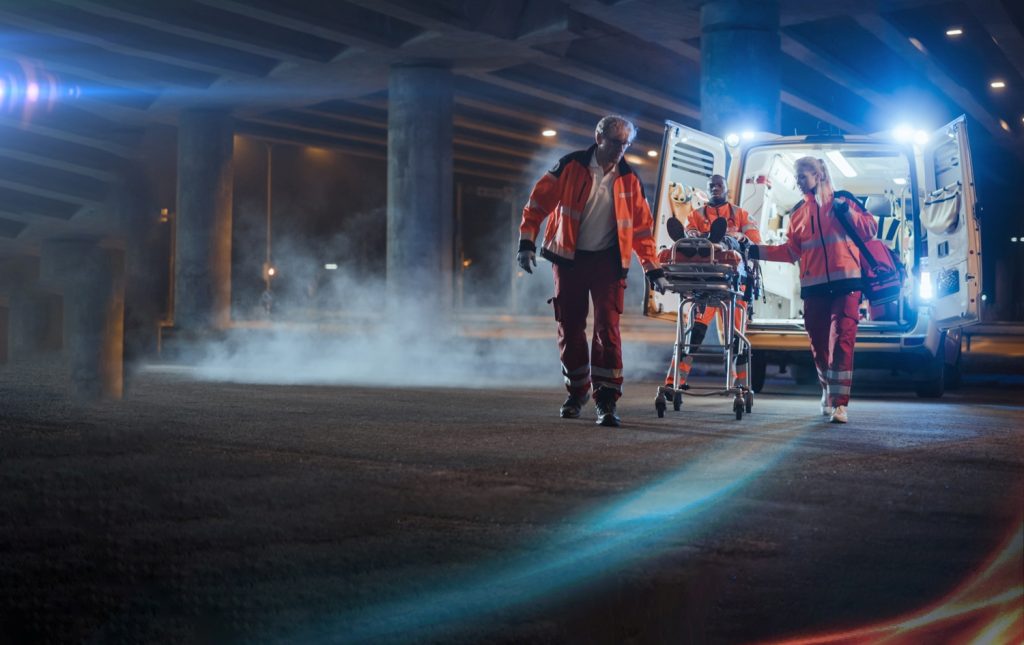
Telemedicine and telehealth technologies have become vital tools in delivering quality care to underserved populations. One of the most transformative innovations in this space is the use of medical tablets. Particularly in rural Emergency Medical Services (EMS), where quick access to specialized medical care is often limited by geographical barriers, medical tablets empower first responders to deliver timely, life-saving interventions through telemedicine.
The Growing Importance of Telemedicine in Rural EMS
Telemedicine has proven to be a critical solution for addressing the unique challenges faced by rural EMS teams. In rural and remote areas, EMS providers frequently encounter longer response times due to distance, making it difficult to deliver immediate care. Telemedicine bridges this gap by allowing first responders to connect with physicians and specialists in real-time, guiding treatment decisions, and improving patient outcomes.
Medical tablets enhance telemedicine capabilities by providing a portable, durable, and high-performance tool that connects EMS personnel to healthcare networks. This technology is not only revolutionizing patient care but also helping to reduce mortality rates in time-sensitive emergencies like heart attacks, strokes, and traumatic injuries.
How Medical Tablets are Enhancing Telemedicine in Rural EMS
Real-Time Communication and Consultation
Medical tablets equipped with secure video conferencing software enable paramedics and first responders to instantly communicate with physicians and specialists. This real-time communication is crucial for diagnosing conditions and administering treatment in rural areas where access to hospitals or specialized facilities may be hours away. By using medical tablets, EMS teams can receive immediate consultation on patient conditions, drug dosages, and critical care procedures, ensuring that patients receive the appropriate care even before they reach the hospital.
For example, a stroke patient in a rural area can be assessed via telemedicine using a medical tablet, enabling EMS to administer life-saving medications within the critical treatment window, significantly improving the patient’s chances of recovery.
Remote Monitoring and Diagnostics
Medical tablets are equipped with advanced features that enable the remote monitoring of vital signs and other critical health metrics. Devices integrated with telemedicine platforms can transmit real-time data such as heart rate, blood pressure, and oxygen levels directly to the emergency department. This allows hospital staff to prepare for incoming patients with greater insight, reducing the time it takes to initiate treatment upon arrival.
With rugged medical tablets, first responders can also perform remote diagnostics, such as ultrasound imaging or ECGs, which are then relayed to specialists for immediate review. This allows EMS teams to make informed decisions about patient transport and intervention, ensuring the patient receives the highest quality of care even in a resource-limited rural setting.
Electronic Health Record (EHR) Integration
Medical tablets streamline patient data management by integrating with Electronic Health Records (EHRs). EMS teams in the field can quickly access a patient’s medical history, allergies, medications, and prior treatments, facilitating more accurate and personalized care. With the ability to instantly update patient records, these patient care focused tablets ensure that all healthcare providers involved in the patient’s care, from EMS to hospital staff, are on the same page.
EHR integration also reduces the risk of medical errors and improves the continuity of care, which is especially important in rural settings where the coordination between pre-hospital and hospital care is often less seamless.
Why Rugged Medical Tablets Are Ideal for Rural EMS
While consumer-grade tablets might serve basic telehealth needs, rugged medical tablets are specifically designed for the demanding environments encountered by EMS teams. These tough tablets are built to withstand harsh conditions such as extreme temperatures, water, dust, and physical impacts, ensuring reliable operation in emergency situations.
Rugged medical tablets are also equipped with advanced security features, such as encryption and secure access controls, to protect sensitive patient data in compliance with HIPAA and other regulatory requirements. This is especially important when transmitting data over public networks or in areas with limited connectivity.
Additionally, the long battery life, hot-swappable battery, and multiple charging options of rugged tablets ensure that they remain functional during extended operations, even in remote areas where access to power sources may be scarce.
Future Implications of Medical Tablets in Telemedicine
As telemedicine continues to evolve, the role of medical tablets in rural EMS will expand. Targeted computing solutions are at the forefront of this transformation, providing EMS personnel with advanced tools to save lives. Future innovations in telemedicine, such as the integration of artificial intelligence and enhanced 5G networks, will further enhance the capabilities of medical tablets.
By providing faster communication, improved diagnostics, and seamless integration with hospital systems, medical tablets are paving the way for a more efficient and effective healthcare system in rural areas.
Medical tablets are revolutionizing telemedicine, especially for rural EMS teams that face significant challenges in providing timely care. With real-time communication, remote diagnostics, seamless EHR integration, and durable design, these flexible, powerful tablets empower first responders to deliver life-saving care in remote locations. As telemedicine technology continues to advance, medical tablets will play an even more critical role in improving healthcare outcomes for underserved populations. By leveraging devices like Medical Tablets, rural EMS teams can provide faster, smarter, and more effective care, ultimately saving more lives.

